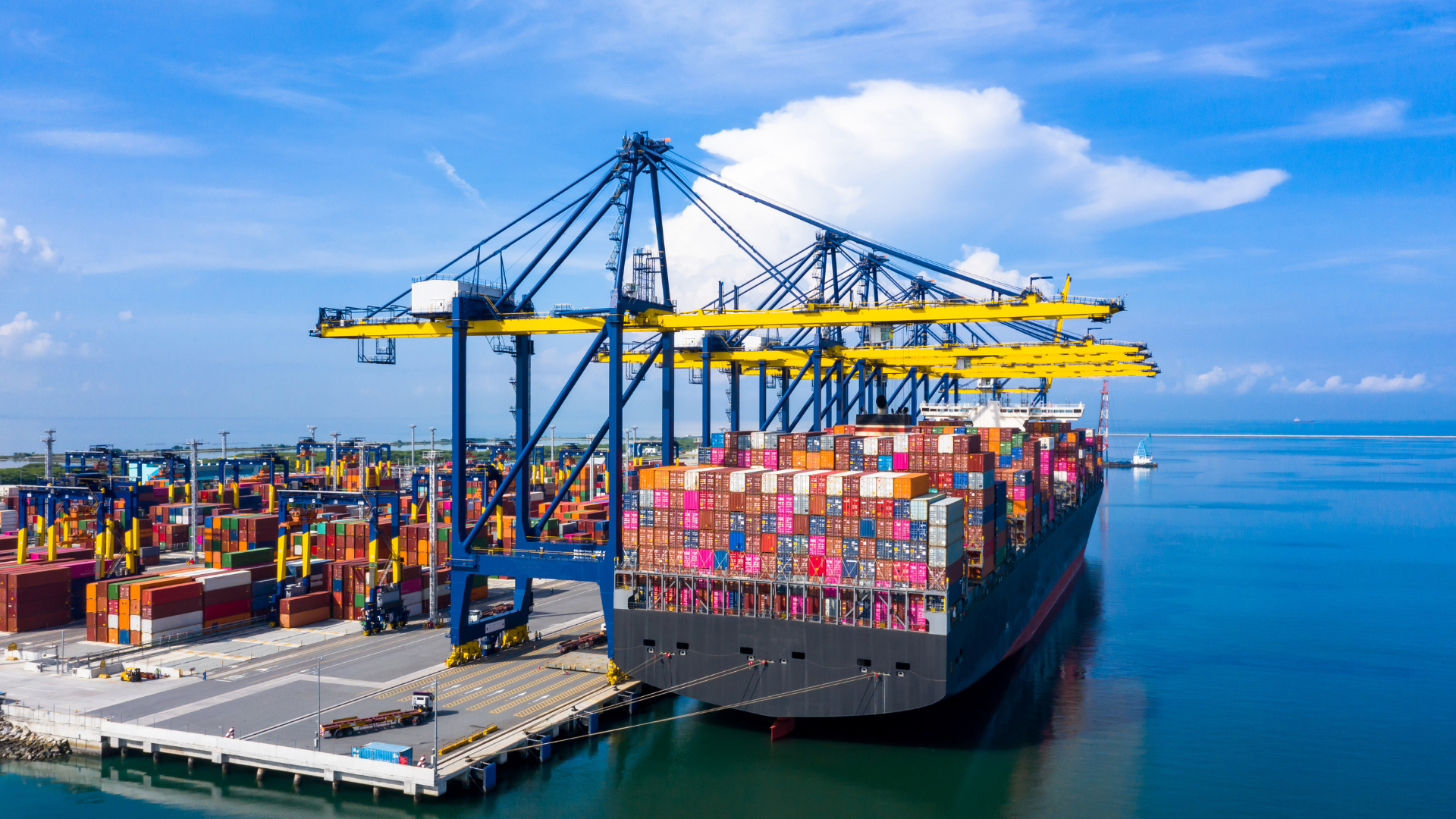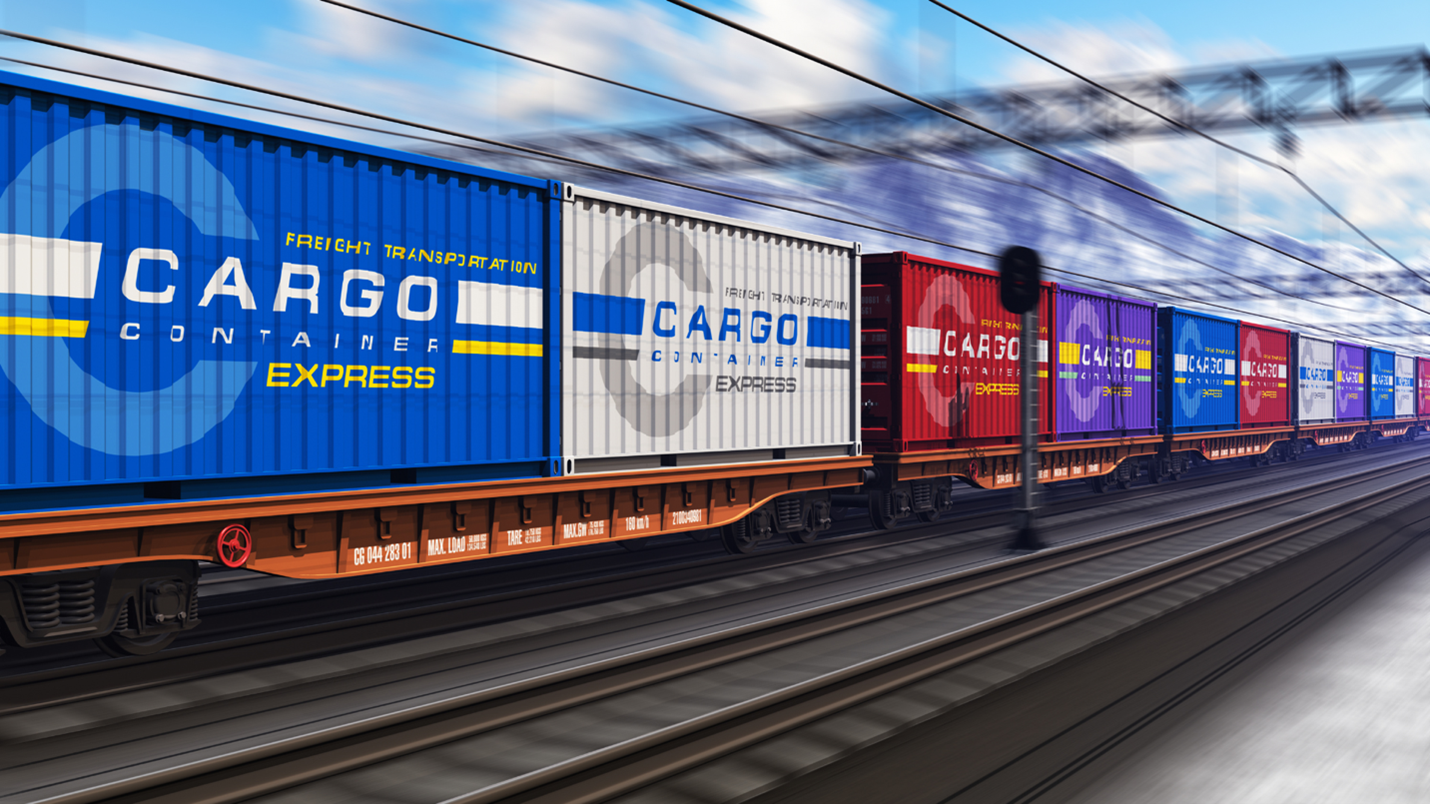Transportation of Dangerous Goods
-

Why are Dangerous Goods’ Marking and Labelling Important?
Dangerous goods or hazardous materials, are substances or materials that risk human health, safety, property, or the environment. These include flammable gases, corrosive chemicals, and explosive materials. It’s critical to ensure proper marking and labelling when dealing with dangerous goods. Read on to understand the significance of marking and labelling dangerous goods. Safety First The […]... Learn more
-

Why are Lithium Battery Incidents on Airplanes on the Rise?
The increasing popularity of lithium-ion batteries has revolutionized our portable electronics, from smartphones to laptops and even electric vehicles. However, as the demand for these energy-dense batteries soars, so do the potential safety hazards, especially when it comes to air travel. Over the past few years, incidents involving lithium-ion batteries on airplanes have risen, raising […]... Learn more
-

What Documents Do I Need to Prepare to Ship Dangerous Goods?
Dangerous goods, whether chemicals, hazardous materials, or other potentially harmful substances, require strict compliance with safety regulations and meticulous documentation. Failing to do so can result in accidents, injuries, and legal consequences. In Canada and the USA, the transportation of dangerous goods is governed by various laws and regulations, and it’s crucial to understand the […]... Learn more
-
Transport Canada (TC) Publishes Site Registration Requirements Amendment to Transportation of Dangerous Goods Regulations
Transport Canada (TC) has recently amended the Transportation of Dangerous Goods Regulations (TDGR) to include the regulatory requirement for Site Registration for all persons who import, offer for transport, handle or transport dangerous goods at a site located in Canada that they own or operate. The Regulations Amending the Transportation of Dangerous Goods Regulations (Site Registration Requirements) [the “Regulations”] […]... Learn more
-

Who enforces the TDG legislation in Canada?
The safe transportation of dangerous goods is a critical component of Canada’s modern economy. From chemicals to flammable materials and radioactive substances, the movement of dangerous materials is integral to various industries. To ensure the safety of Canadians and protect the environment, Canada has established robust regulations under the Transportation of Dangerous Goods (TDG) Act. […]... Learn more
-

Strengthening Security Measures for Rail Transportation of Dangerous Goods
The rail transportation of dangerous goods is a crucial component of the global supply chain, facilitating the movement of essential materials for industries ranging from chemicals and fuels to agriculture and manufacturing. However, transporting hazardous goods carries innate risks, including potential accidents, leaks, or incidents that could harm the environment, public safety, and the economy. […]... Learn more
-

What Steps Must a Merchant or Shipper Follow When Shipping Dangerous Goods?
The transportation of dangerous goods is a highly regulated and critical part of modern logistics. Whether it’s chemicals, flammable materials, or dangerous substances, ensuring the safe shipment of these goods is paramount to protect public safety, the environment, and the integrity of the supply chain. The first step when shipping dangerous goods is correctly classifying […]... Learn more
-
CVSA Hazmat Inspection Blitz Nets 2,578 Violations
The Commercial Vehicle Safety Alliance (CVSA) conducted an Unannounced Five-Day Inspection and Enforcement Initiative and inspected 7,572 commercial motor vehicles transporting hazardous materials/dangerous goods (HM/DG) in Canada and the U.S. A total of 8,395 packages were inspected, and inspectors discovered 2,578 HM/DG violations, of which 701 were HM/DG out-of-service (OOS) violations. This year marked a substantial […]... Learn more
-

USDOT Issues New Hazmat Safety Advisory to Major Freight Railroads to Help Prevent Derailments
At Global Hazmat, our top priority is safely transporting dangerous goods. We understand the ever-evolving nature of regulations and the importance of staying informed. That’s why we are committed to keeping our customers up to date with all changes that pertain to the safe transportation of dangerous goods. With our comprehensive knowledge and expertise, you […]... Learn more
-

All You Need to Know About IATA Dangerous Goods Regulations 64th Edition Addendum II
Are you involved in shipping dangerous goods by air? If so, you’ll want to stay informed about the industry’s leading standard: the IATA Dangerous Goods Regulations (DGR) manual. Recognized as the global reference and the go-to resource for airlines, the IATA DGR is the ultimate authority for shipping hazardous materials via air transportation. With a […]... Learn more
